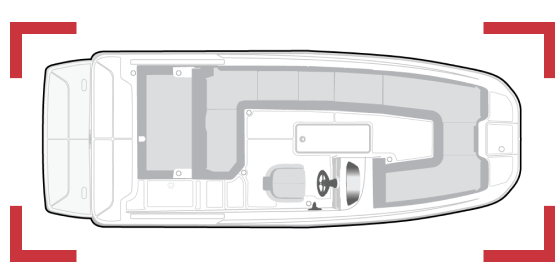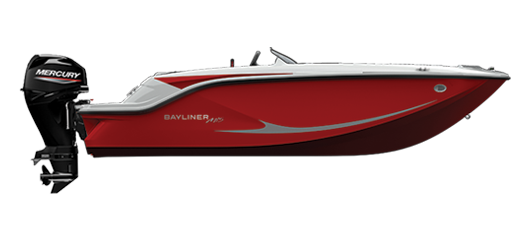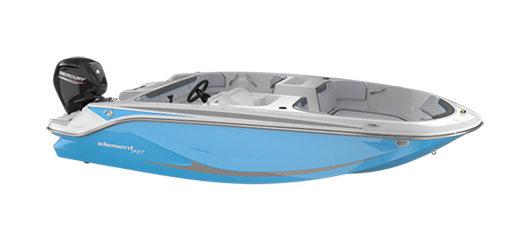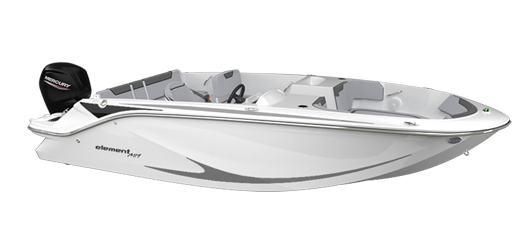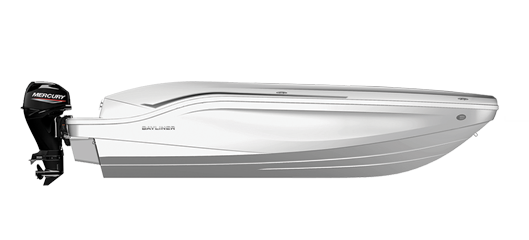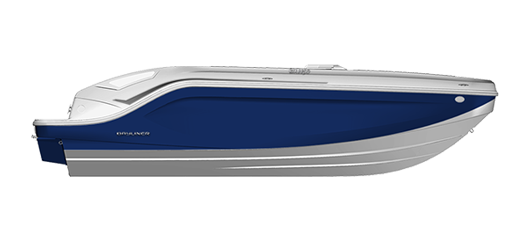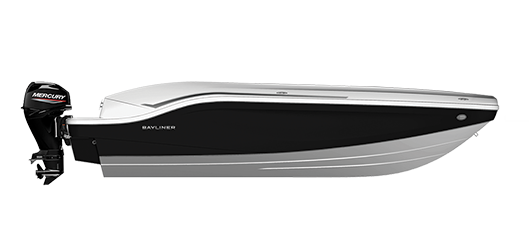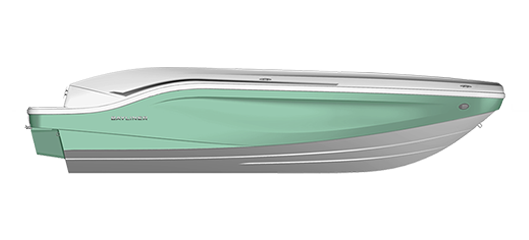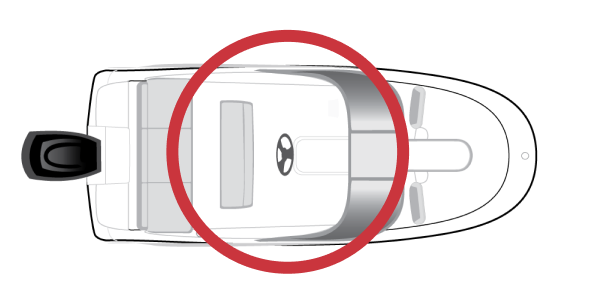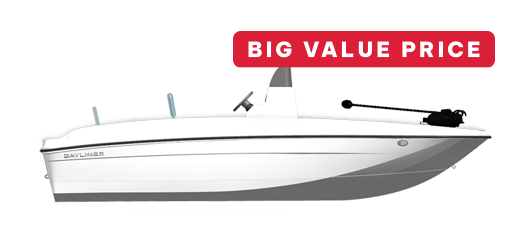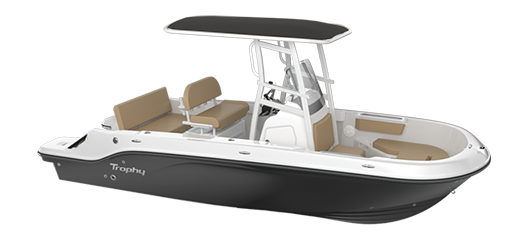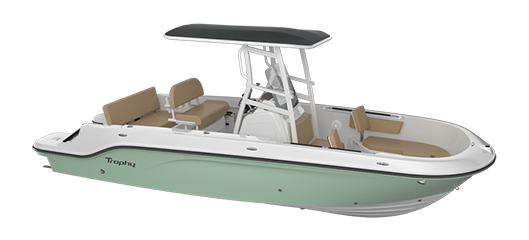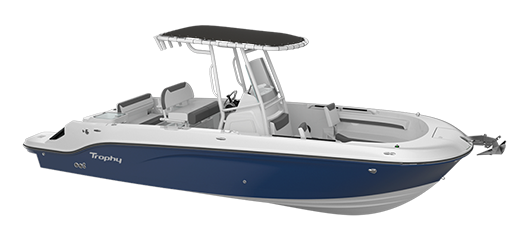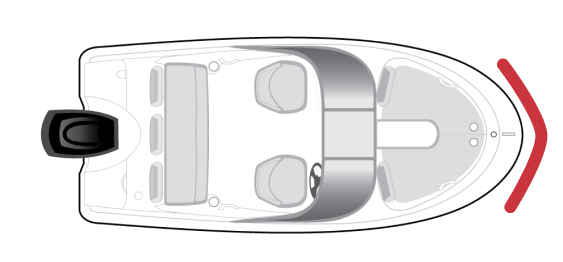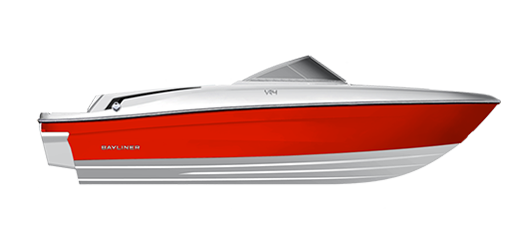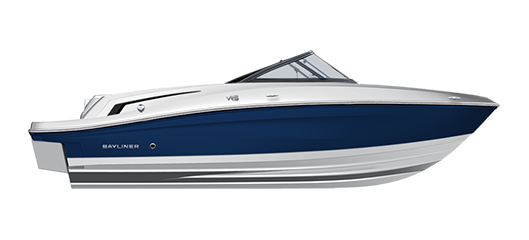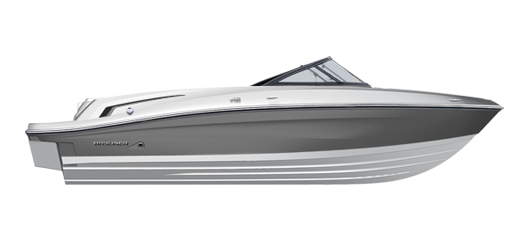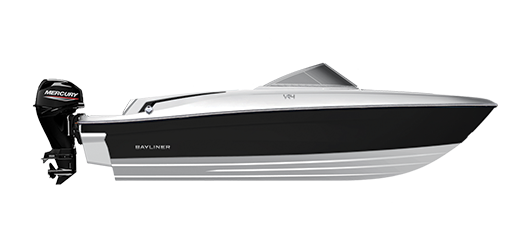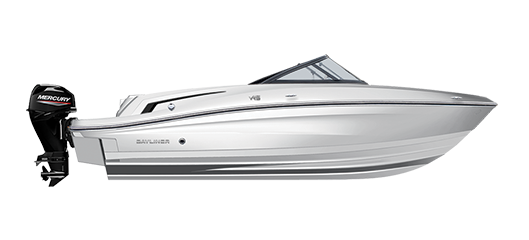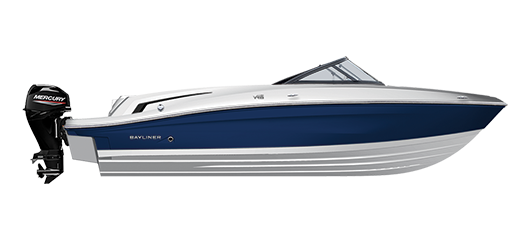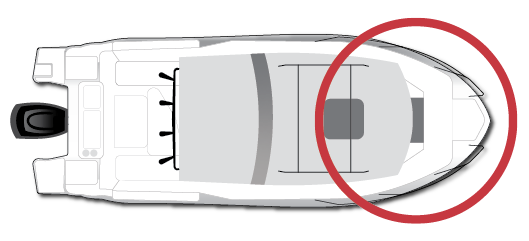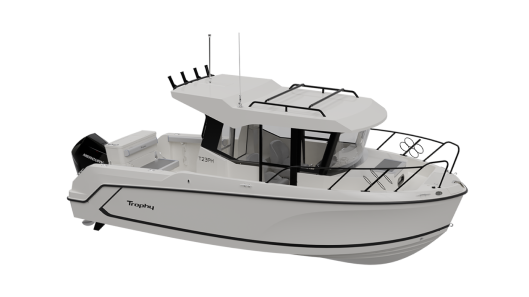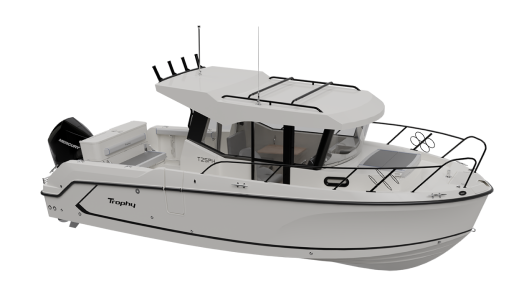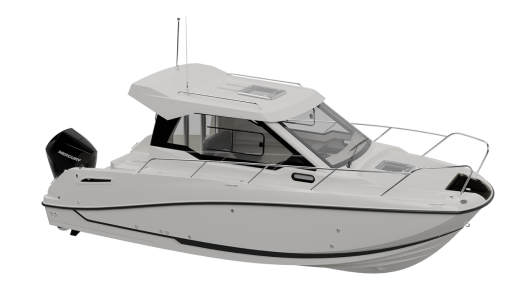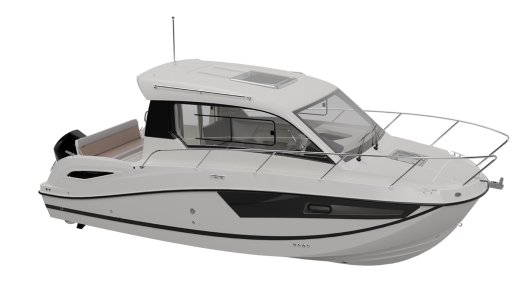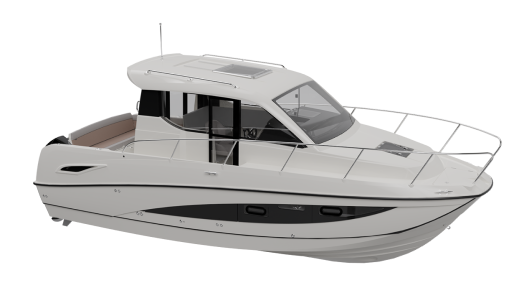A Guide to Boating Safety
The Basics of Recreational Boating Safety
Life Jackets: Wear properly fitted life jackets for all passengers.
Boating Education: Take courses to understand local laws and enhance skills.
Weather Awareness: Check forecasts and be prepared for changes.
Safe Speeds: Operate at responsible speeds for conditions.
Avoid Alcohol: Never boat under the influence for clear judgment.
Four Principles of Safe Boating
Preparation: Check weather, inspect vessel, and have safety gear.
Awareness: Maintain constant lookout for hazards.
Responsibility: Prioritize safety and follow regulations.
Adaptability: Adjust course and speed to changing conditions.
Determining Safe Speeds for Your Boat
Water Conditions: Consider waves, currents, and visibility.
Vessel Size and Type: Larger boats may need more time to maneuver.
Weather Conditions: Adjust speed for wind and weather.
Visibility: Reduce speed in poor visibility conditions.
Operation: Operate at a speed matching your skill level.
What NOT to Do on a Boat
Overloading: Stick to vessel capacity limits for stability.
Reckless Maneuvering: Avoid sharp turns and reckless actions.
Ignoring Navigation Rules: Adhere to right-of-way and passing rules.
Lack of Communication: Use signals and be aware of surroundings.
Neglecting Maintenance: Regularly inspect and maintain your boat.
Boating is fun, naturally. But, safety should always be the top priority on the water.
For more tips from the expert boaters at Bayliner, read about towing and watersports safety and how to safely anchor your boat.
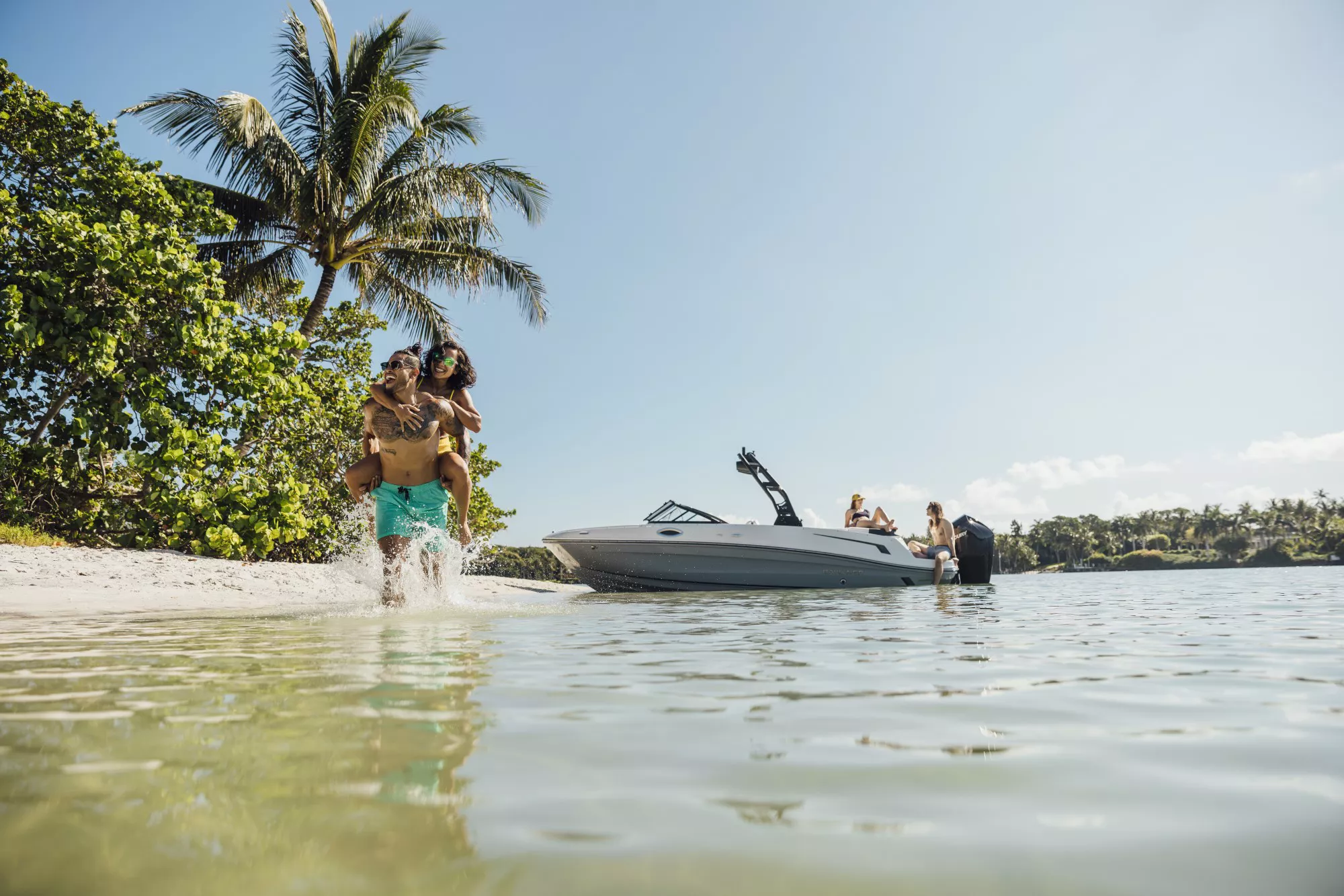
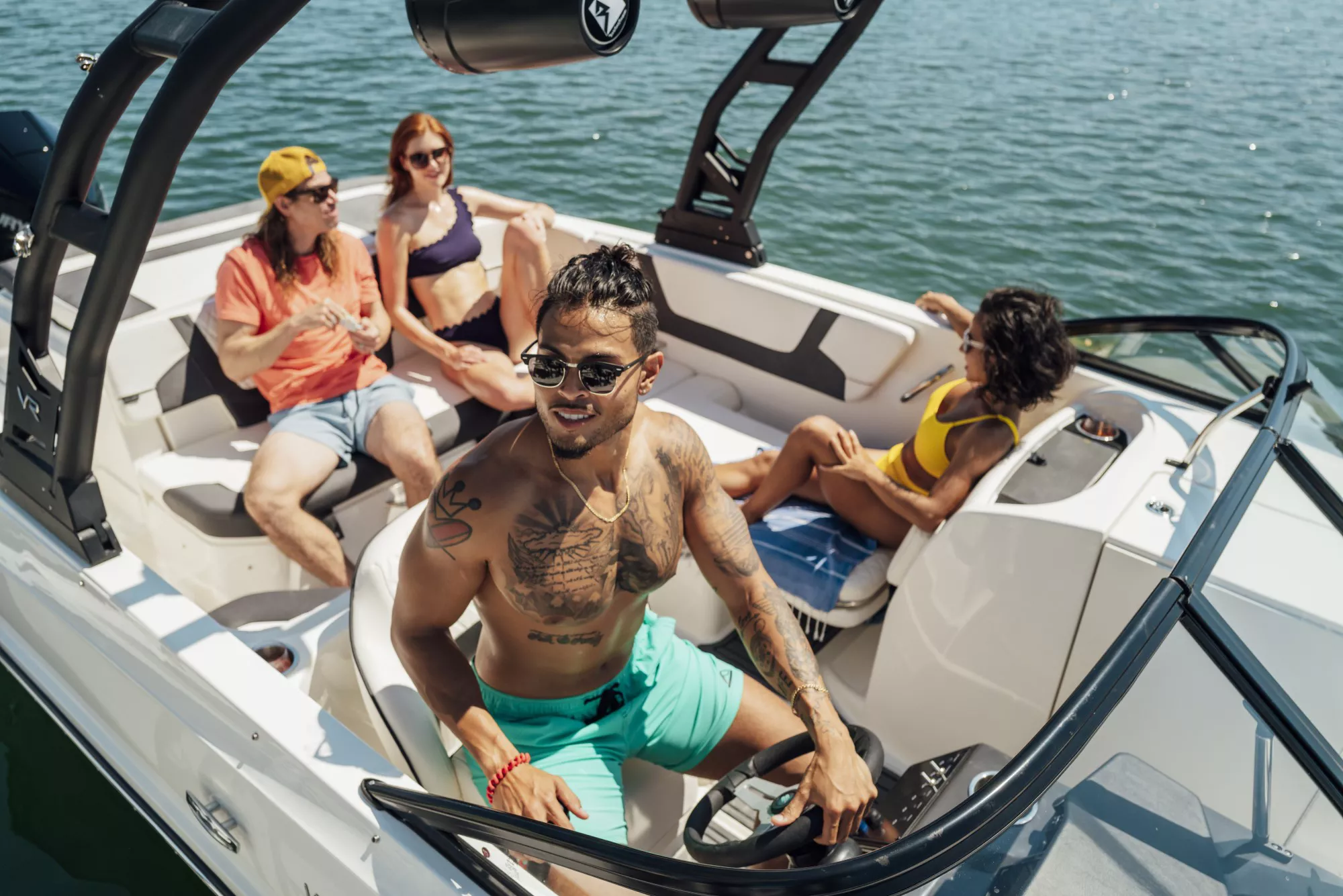
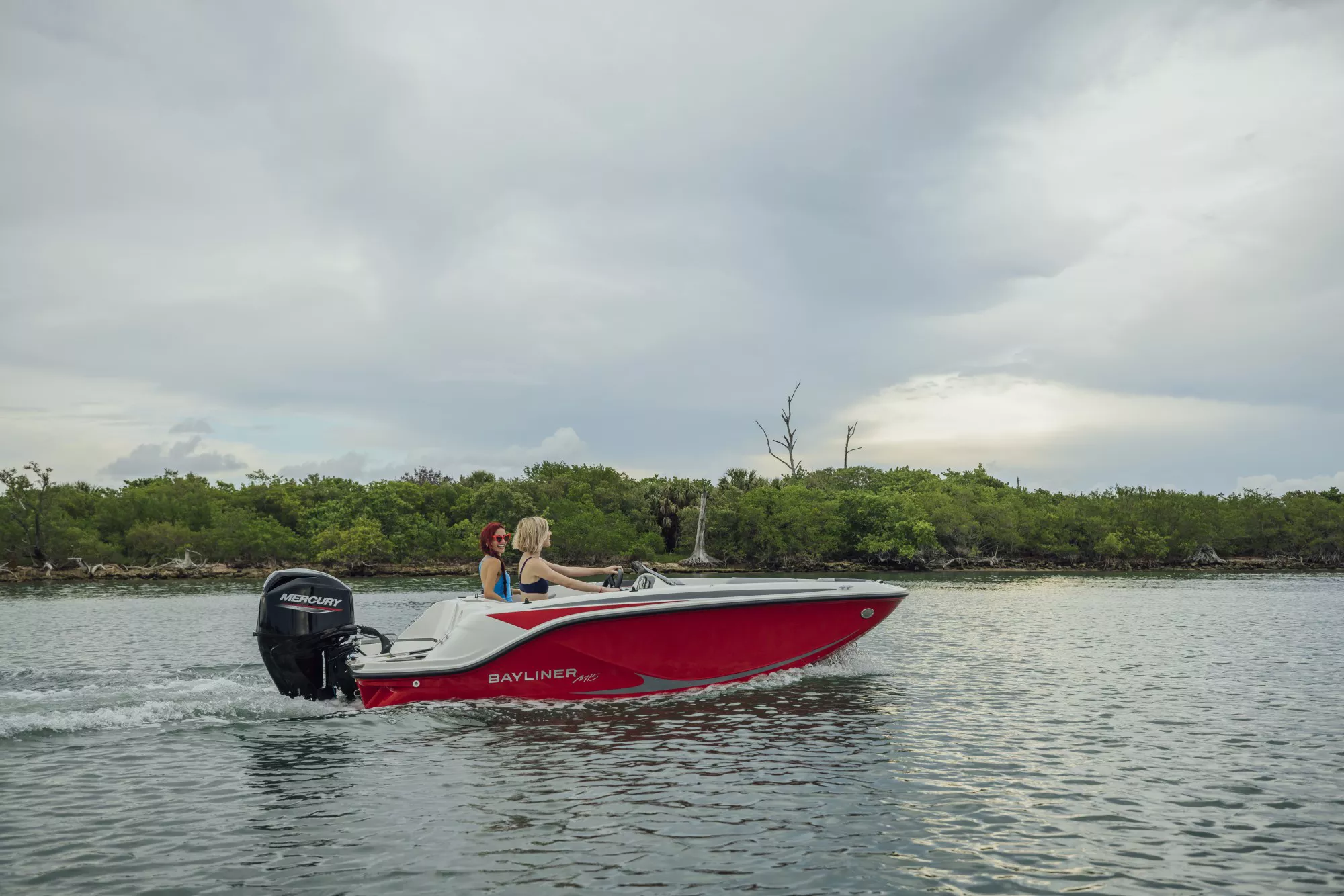
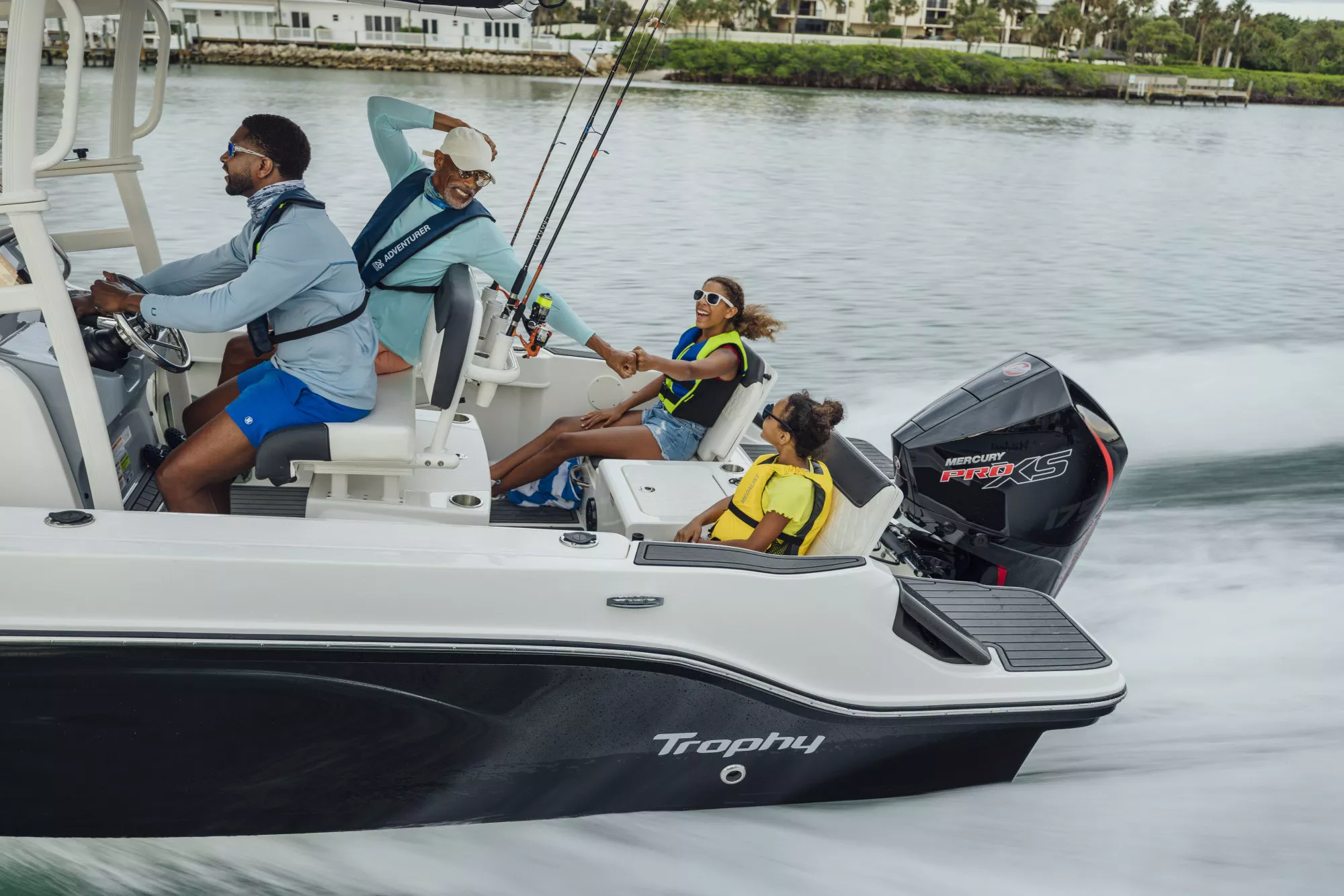
?$H-2000-2000$&fit=constrain&fmt=webp-alpha)
